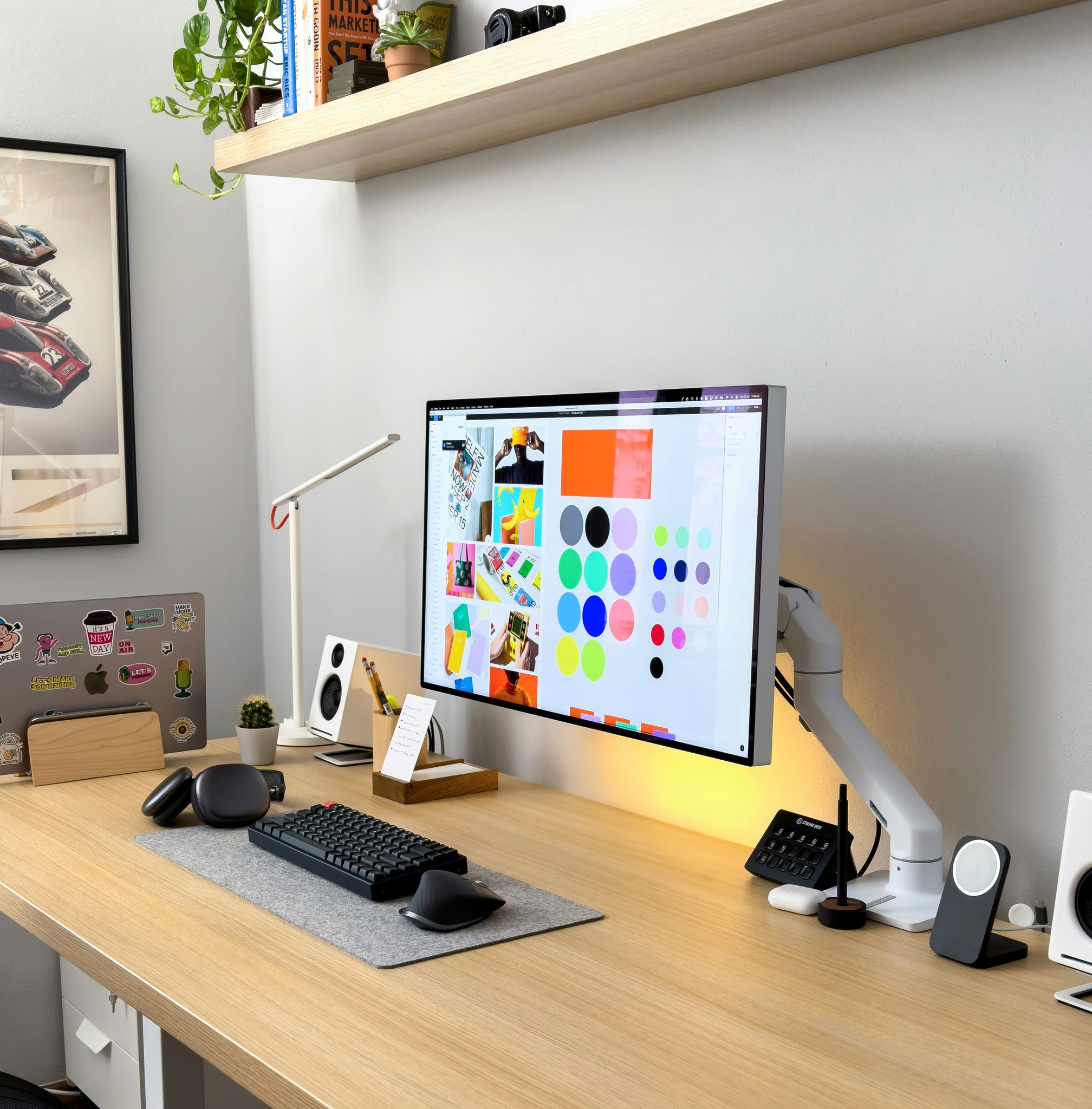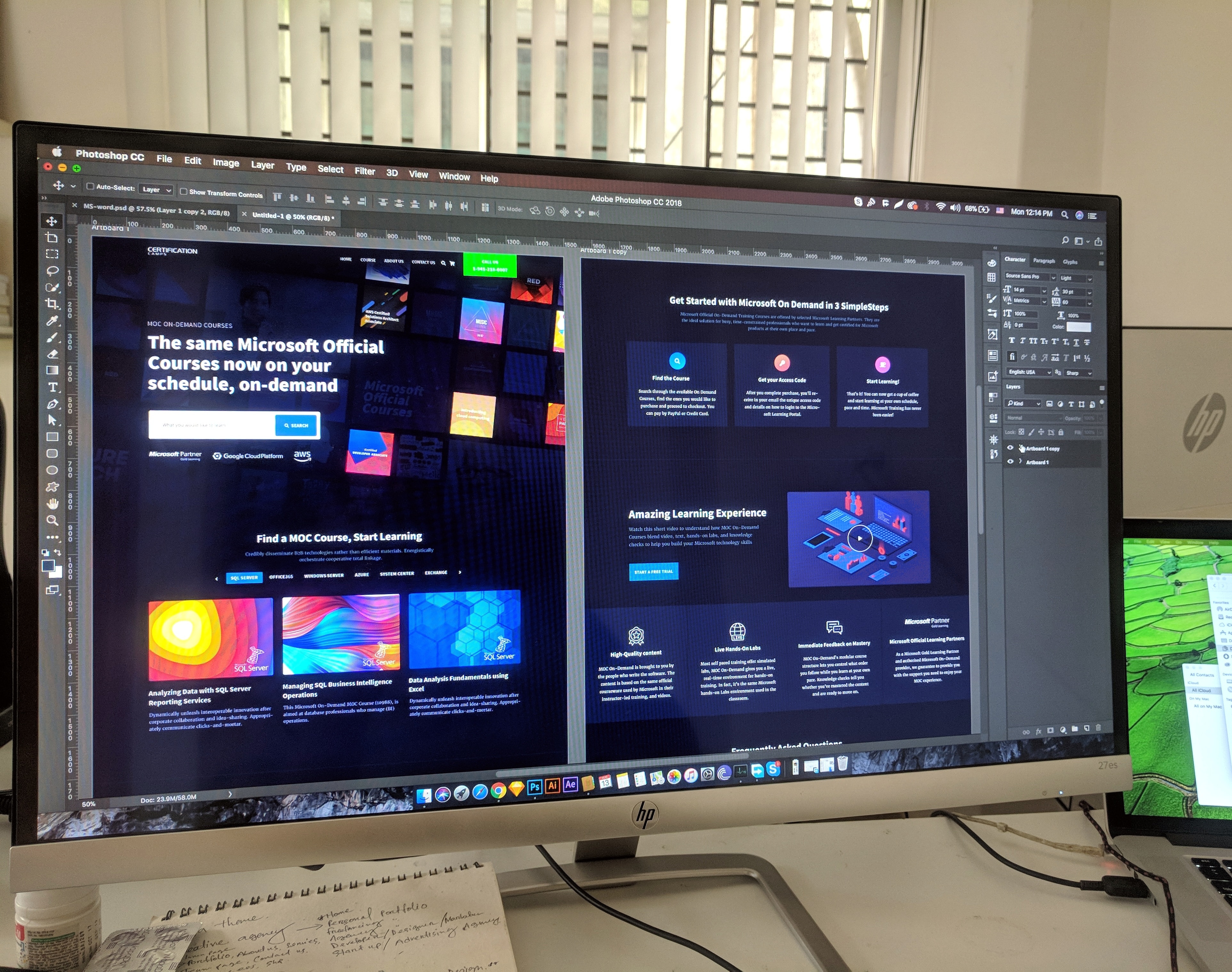Exploring the Future of Website Development: Framer vs Webflow in 2024
Exploring the Future of Website Development: Framer vs Webflow in 2024
Jul 18, 2024
Said Aidogdu
Exploring the Future of Website Development: Framer vs Webflow in 2024
Website development tools have come a long way over the years, providing designers and developers with advanced platforms to create stunning websites. In this article, we delve into the comparison between two popular tools, Webflow and Framer, and explore how they are shaping the future of web development in 2024.
What are Framer and Webflow?
Framer and Webflow are two leading platforms in the realm of web design and development. Framer is a robust design tool that offers users the ability to create prototypes and websites without the need for extensive coding. On the other hand, Webflow is a versatile website builder that caters to both beginners and advanced users, allowing for the creation of interactive and visually appealing sites.
Basics of Framer and Webflow
At their core, Framer and Webflow enable users to bring their design visions to life online. While Framer focuses on providing a seamless user interface for design and development, Webflow offers a wide range of built-in tools like animation, JavaScript, and CSS to enhance the website building experience.
Comparison of Framer and Webflow in web development
When comparing Framer and Webflow in the context of web development, it becomes evident that each platform has its unique strengths. Framer excels in offering a no-code approach to designing websites, making it ideal for users who prefer a more visual way of working. On the other hand, Webflow provides users with more flexibility in terms of coding options, allowing for greater customization.
Key features of Framer and Webflow
Both Framer and Webflow boast a range of features that cater to different needs. Framer offers users the ability to add new React components to their designs, while Webflow ensures a user-friendly experience with its intuitive design tools like Figma or Sketch.
Functionality of Framer and Webflow
One of the primary distinctions between Framer and Webflow lies in their functionality. Framer is known for its no-code capabilities, allowing users to create websites without getting bogged down in complex coding. On the other hand, Webflow offers users the option to dive into custom code if they have specific needs that require more advanced solutions.
No-code capabilities of Framer and Webflow
Framer's interface is designed to simplify the design and development process, making it easier for users to create websites using predefined elements and layouts. On the other hand, Webflow also caters to a no-code approach, providing users with the tools they need to design stunning websites without the headache of coding.
Learning curve of Framer versus Webflow
For users new to website development, understanding the learning curve of Framer and Webflow is crucial. Framer's intuitive interface ensures that users can quickly grasp the basics of designing websites, while Webflow's extensive library of resources, such as Webflow University, helps users navigate the platform with ease.
Coding options in Framer and Webflow
When it comes to HTML, CSS, and coding options, Framer and Webflow offer varying levels of customization. Framer allows users to create websites without coding, whereas Webflow provides the flexibility to add custom code for those who require advanced functionality.
Which is more user-friendly: Framer or Webflow?
User-friendliness is a key factor when choosing between Framer and Webflow for website development. Framer's intuitive design and layout tools make it a user-friendly option for designers looking to create visually appealing websites without the need for complex coding.
User experience in Framer and Webflow
Both Framer and Webflow prioritize user experience, offering intuitive interfaces that streamline the website design process. Framer ensures an enjoyable user experience by providing users with tools to create interactive prototypes, while Webflow offers a range of features like animation and built-in tools for a seamless design experience.
Ease of use in Framer and Webflow
Framer and Webflow are designed to be user-friendly platforms, catering to both beginners and experienced designers. Framer's drag-and-drop interface simplifies the design process, while Webflow's visual editor allows users to see real-time changes as they design their websites.
Comparison of built-in tools in Framer and Webflow
When it comes to built-in tools, both Framer and Webflow offer features like animation, JavaScript, and CSS to enhance the design process. Framer provides users with tools to create interactive elements, while Webflow's range of built-in tools allows for greater customization and control over design elements.
What are the pricing plans for Framer and Webflow in 2024?
Understanding the pricing plans of Framer and Webflow is essential for users looking to invest in a website development platform. Framer and Webflow offer different pricing tiers to cater to varying needs and budgets, with each plan offering a unique set of features and capabilities.
Evaluating the pricing comparison between Framer and Webflow
When comparing the pricing of Framer and Webflow, it's important to consider the features included in each plan. Framer's pricing is tailored to users who prioritize design and prototyping, while Webflow's pricing structure caters to users looking for a comprehensive website building solution.
Understanding the different pricing tiers in Framer and Webflow
Framer and Webflow offer multiple pricing tiers to accommodate users with varying requirements. Framer's site plans allow users to choose the right subscription that best fits their needs, while Webflow's pricing options range from basic plans for individuals to advanced plans for businesses and agencies.
Pricing plans of Framer and Webflow
Each pricing plan in Framer and Webflow comes with a specific set of features and capabilities. Framer's plans offer users the ability to create custom websites without coding, while Webflow's plans provide users with the tools they need to build responsive and interactive sites.
Webflow VS Framer?
Choosing between Framer and Webflow ultimately depends on the specific requirements and preferences of the user. While Framer excels in design and prototyping, Webflow shines as a comprehensive website builder with advanced customization options.
Using Framer for web design and development
For users looking to create visually engaging websites with a focus on design, Framer is an ideal choice. Framer allows users to bring their design ideas to life quickly and efficiently, making it a popular tool among designers and developers.
Opting for Webflow as a website builder
Webflow is a versatile platform that caters to users at every skill level. From its intuitive interface to its robust set of features, Webflow offers users the flexibility to build stunning websites tailored to their exact specifications.
Strengths and weaknesses of Framer and Webflow
While Framer's focus on design and prototyping sets it apart as a powerful tool for creatives, Webflow's all-in-one website building capabilities make it a preferred choice for users who require advanced functionality and customization options.
UREST, We Work
Building a high-converting landing page is just one step towards achieving online success. At UREST, we specialize in creating solid, user-friendly websites that not only capture leads but also drive sales and foster business growth. Our team of experts is dedicated to helping you craft the perfect landing page or fully functional websites tailored to your unique needs.
Ready to take your digital presence to the next level? Contact us today and let UREST help you build a website that converts and sets you apart from the competition.






















